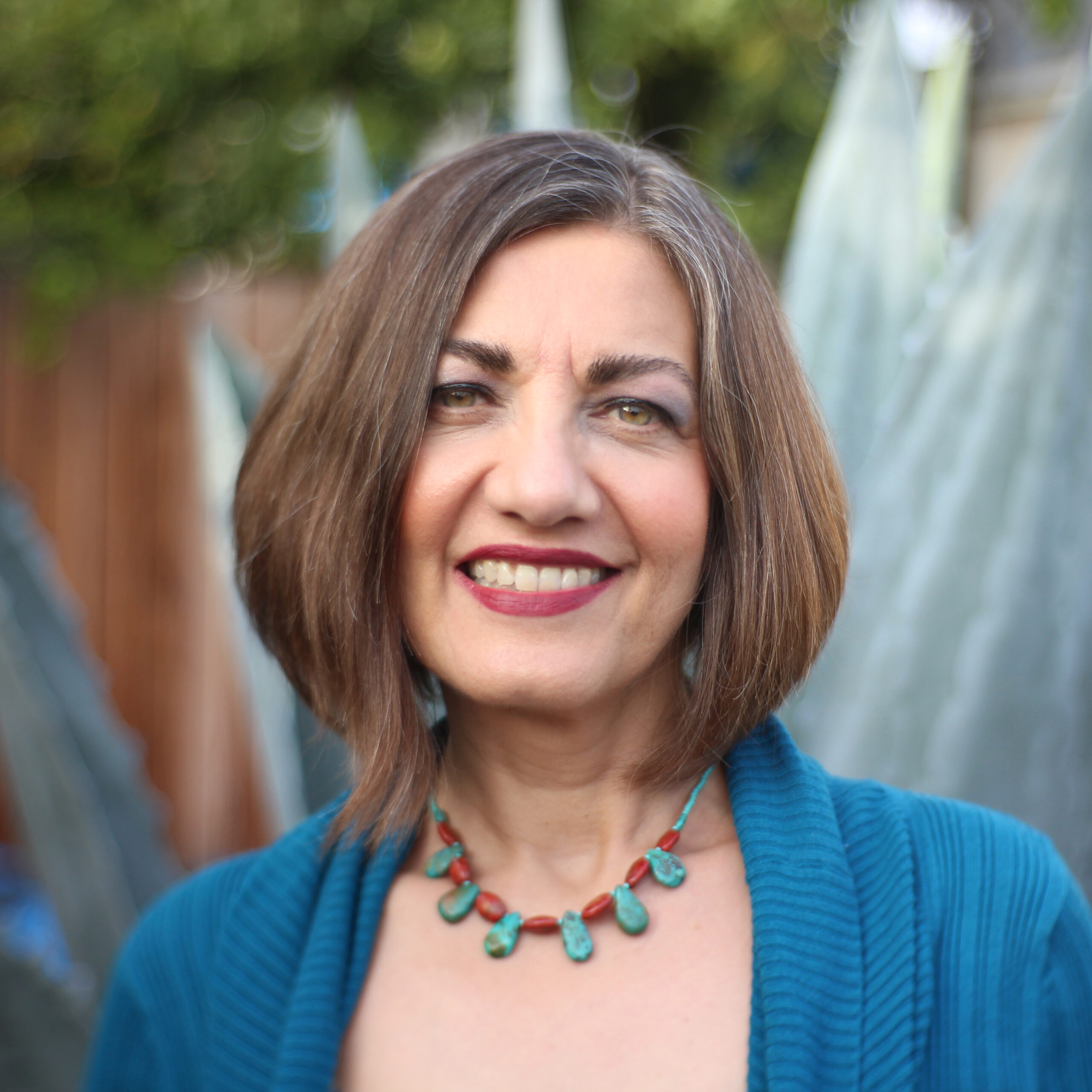
As the director of the wellness group here at Find It Health, I’m going to highlight the types of Qigong and the benefits of each.
Our wellness group here at Find It Health works around the clock to give you up-to-date and reliable information on anything to do with your health.
In this blog, I will explain the types of Qigong, Qigong styles, Qigong meditation techniques, and martial arts.
Different Types Of Qigong List
There are several Qigong styles, and each of these features three components. These include breath, intention, and movement. Moreover, some of these Qigong styles involve quick and others aggressive movements that appear to be gentle. The easiest way of explaining the different categories of Qigong depends on the desired outcomes.
The several types of Qigong fit into these three major categories:
- Medical Qigong
- Spiritual Qigong
- Sports or Martial Qigong
SUBSCRIBE for FREE STRESS MANAGEMENT TECHNIQUES from our EXPERT COACHES!
Qigong Types
- Gods Playing in Clouds Qigong
- Ba Tian Qigong
- Chan Qigong
- Wild Goose Qigong
- Finger Qigong
- Dragon and Tiger Qigong
- Emei DaPeng Qigong
- Bend the Bow Spinal Qigong
- Embrace Wind Caress Moon
- Fan Teng Qigong
- Buddhist Qigong
- Five Elements Qigong
- Tiger Step Qigong
- Exploring Wisdom Qigong
- Walking Qigong
- Squash Qigong
- Fire Dragon Qigong
- Beggar Qigong
- Daoist Qigong
- Diamond Qigong
- Wuji Qigong
- Yangsheng Qigong
- Jade Body Qigong
- Zhineng Qigong
- Swallow Bitter Pill
- Six Healing Sounds
- Marriage of Earth & Heaven Qigong
- Iron Shirt Qigong
- Sleeping Qigong
- Spontaneous Qigong
- Opening the Energy Gates
- Xiang Gong
- Soaring Crane Qi Gong
- Spiraling Energy Body Qigong
- Zhong Yuan
- Spring Forest Qigong
- Swimming Dragon
- Standing Qigong
Qigong Styles
There are hundreds of Qigong styles, and it would take almost your lifetime to learn each. Moreover, these styles of Qigong can be grouped into three main categories:
1. Medical Qigong Style
Medical Qigong-style practices mainly concentrate on your physical, emotional, and mental well-being. The main aim of practicing this Qigong style is to be healthy and have a vibrant and longer life. There are medical Qigong practices that offer concentrations on specific health issues, while others are just general. Medical Qigong highly depends on old Chinese medicine ideas.
Medical Qigong concentrates on the following:
- meditation
- movements that promote a healthy body
- Concepts of Old-style Chinese Medicine
- Standing practices and horse stance
The Medical Qigong style concentrates on finding the main cause of your health problems and aims at controlling the flow of qi energy to stop future illnesses. With this Qigong, you can treat any mental and physical illness. It’s also more efficient in treating chronic pain, stress, disorders, and fatigue.
2. Martial Arts Qigong Style
This Qigong style strengthens and prepares your body for martial styles.
The main aim is to create a sturdy body that withstands fighting skills. This style includes:
- Deep breathing
- Workouts to ‘harden’ your body. This makes it resistant to injury
- More deep stands. This strengthens your legs
- Meditation
- Striking, punching, and kicking physical exercises
Tai Chi is among the most practiced Martial Arts Qigong.
3. Spiritual Qigong Style
The spiritual Qigong style involves more practices to improve your spiritual purposes, like enlightenment and attaining ‘Nirvana.” Moreover, this Qigong style is connected to Confucianism, Buddhist, or Taoist traditions. The spiritual Qigong style aims to improve mental clarity, self-awareness, focus, and discipline. This Qigong style includes:
- Workouts and movements which support deeper meditation
- Chanting and mantras
- Focus on Meditation
SUBSCRIBE for FREE STRESS MANAGEMENT TECHNIQUES from our EXPERT COACHES!
Qigong Meditation Techniques
There are several ways of practicing Qigong, but there are two major categories. These include passive Qigong and active Qigong (dynamic). Passive Qigong includes still and calm breathing, while Active Qigong includes controlled and slow movements.
Irrespective of the Qigong meditation techniques, the main goal is to allow your energy to move freely through the body to self-heal.
1. Passive Qigong
Passive Qigong concentrates on creating stillness in one’s body and concentrates more on the mind. The body may not be moving physically, but the mind should remain focused and active to move energy throughout the body. Passive Qigong and traditional meditation are similar, and the two major kinds of passive Qigong include visualization (cun si) and mental focusing (ru jing).
To achieve psychological concentration, sit comfortably and upright as you close your eyes and then do diaphragmatic breathing patterns.
With visualization, the same practice in mental concentration will be involved but with imagination. As your eyes are closed, you need to visualize things that offer you relaxation and joy. This can be a flower-filled valley, the beach, or a mountaintop.
You can utilize these visualizations to channel positive energy all over your body.
Visualization energy can be directed to an organ or any part of your body which requires healing.
2. Active (Dynamic) Qigong
Active Qigong (dong gong or dynamic) includes coordinated body active movements that are intentional and gentle to improve yang energy throughout your body. Moreover, Active Qigong promotes lymphatic, and body blood flow promotes balance, flexibility, and muscle strength. Active Qigong involves good posture, relaxation, visualization, and controlled breathing.
SUBSCRIBE for FREE STRESS MANAGEMENT TECHNIQUES from our EXPERT COACHES!
Martial Arts
Martial Qigong concentrates on physical movement, and it’s linked with active energy. Moreover, it’s also associated with alchemy, known as the External Elixir. Among the most popular types of Martial arts, Qigong is Tai Chi. Martial Arts training improves agility, strength, speed, stamina, improved balance, flexibility, endurance, and agility. As a result, you will improve your offensive and defensive martial skills.
Martial Arts Qigong is important in every sports discipline since it helps in conditioning your body against injury. Moreover, Martial Arts Qigong experts can do physical activities which are considered impossible. These include bending metal, breaking bricks, and sustaining an impact from objects without getting injured.
Among the key components of Martial Arts Qigong includes:
- Mind-body connection
- Breathing practice
- Energy cultivation
- Visualization and meditation
- Dynamic movements
FindItHealth.com – Frequently Asked Questions
What are the Five Types of Qigong?
Despite having several types of Qigong, the underlying concept of practicing Qigong is the same. However, the main objective you need to achieve determines the kind of Qigong you will choose. Of the several Qigong types available, they can be categorized into five main types depending on the focus and purpose. They include:
1. Martial Arts, Hard, or Sports Qigong
Hard Qigong’s main focus is to fine-tune your physical performance. You will train in different combat ways to improve your physical prowess. Moreover, practicing this Qigong will positively impact several sporting disciplines, improving your flexibility, speed, power, balance, mental focus, agility, coordination, etc. The most practiced Martial Qigong is Tai chi. Martial artists use this type of Qigong to improve their fighting skills and performance.
2. Medical or Health Qigong
This kind of Qigong focuses on relief and self-healing for several health-related issues ranging from muscular-related injuries to cancer diseases. This practice involves breathing exercises, gentle symmetrical movements, and meditation emphasizing the internal organs. Health Qigong Breathing and Meditation also help in relieving depression and stress. Moreover, you also need to consume healthy food to improve your health.
Self-healing Qigong helps flush away electromagnetic disruptions associated with injury, emotional changes, surgery, aging, and environmental influences. Medical Qigong involves targeting specific organs or body parts and works with the Qi to remove blockages, restore balance, and improve general well-being.
SUBSCRIBE for FREE STRESS MANAGEMENT TECHNIQUES from our EXPERT COACHES!
3. Spiritual Qigong
This type of Qigong concentrates on self-cultivation, tranquility, and mental clarity. You will achieve this via meditation, stillness, and Qi energy cultivation (soft movement). Moreover, this kind of Qigong utilizes mudras, mantras, prayers, and seated meditations. In addition, spiritual qigong concentrates on being humble as you connect with your God, Spirit, higher power, or source of life.
4. Buddhist Qigong
Buddhist Qigong is a section of the spiritual path which leads to Buddhahood or spiritual enlightenment. Moreover, Buddhist Qigong includes practices within the Buddhist teachings context and mindfulness practices. This Qigong involves vital energy cultivation methods, meditation, and Buddhist philosophy to improve your inner peace, awareness, and compassion.
5. Daoist Qigong
Daoist Qigong consists of breathing, emotional regulation, and mental focus. The practice isn’t strenuous but needs temperament and rhythm control. This exercise aims to promote physical health, prevent disease, and treat illness. Daoist Qigong is based on Daoist principles and philosophy. The main aim of Daoist Qigong is cultivating longevity, balance, and coordination with nature.
What are the Best Three Types of Qigong?
The best Qigong depends on individuals’ goals, preferences, and health situations. Each Qigong type offers a distinct benefit and may react differently depending on the person. Nevertheless, the three best forms of Qigong include;
- Medical (Health) Qigong: Acts as both curative and preventative medicine hence concentrates on vitality, health, and longevity of your body.
- Martial Qigong: Concentrates more on physical movement to improve your improved balance, speed, stamina, flexibility, power, agility, etc.
- Spiritual Qigong: Involves self-awareness and cultivation through spiritual exercises. It includes meditations, prayers, and soft movements.
SUBSCRIBE for FREE STRESS MANAGEMENT TECHNIQUES from our EXPERT COACHES!
Conclusion
There are several kinds of Qigong, but the major ones include Martial Arts, Hard or Sports Qigong, Medical or Health Qigong, Spiritual Qigong, Buddhist Qigong, and Daoist Qigong. Depending on your goals, all the Qigong types are important.
The benefits of Qigong include improved mental focus, reduced stress levels, etc. It’s recommended that you explore the various styles and consult with your instructors. When choosing the best Qigong type, consider your health condition and main goals.
SUBSCRIBE for FREE STRESS MANAGEMENT TECHNIQUES from our EXPERT COACHES!


